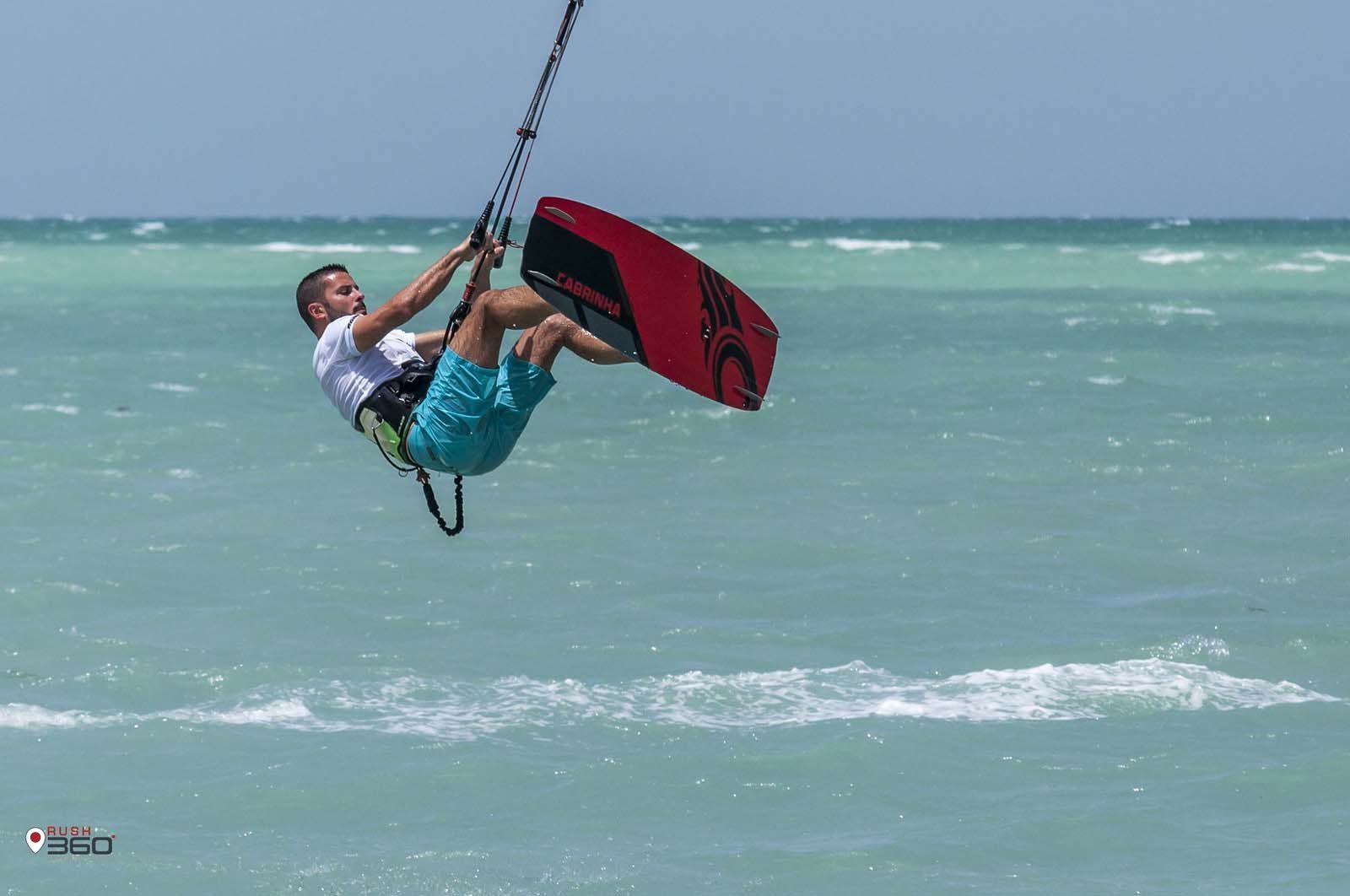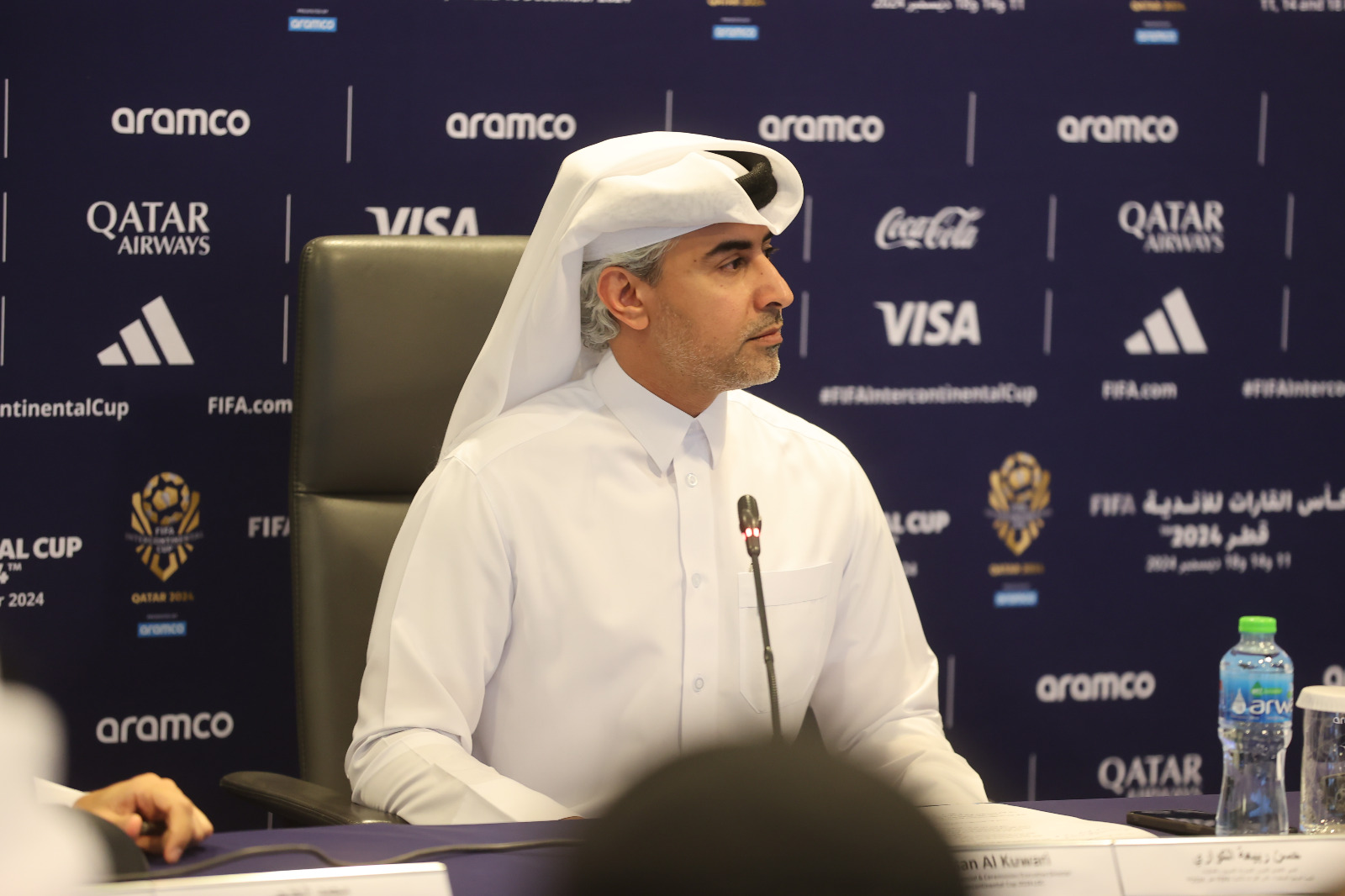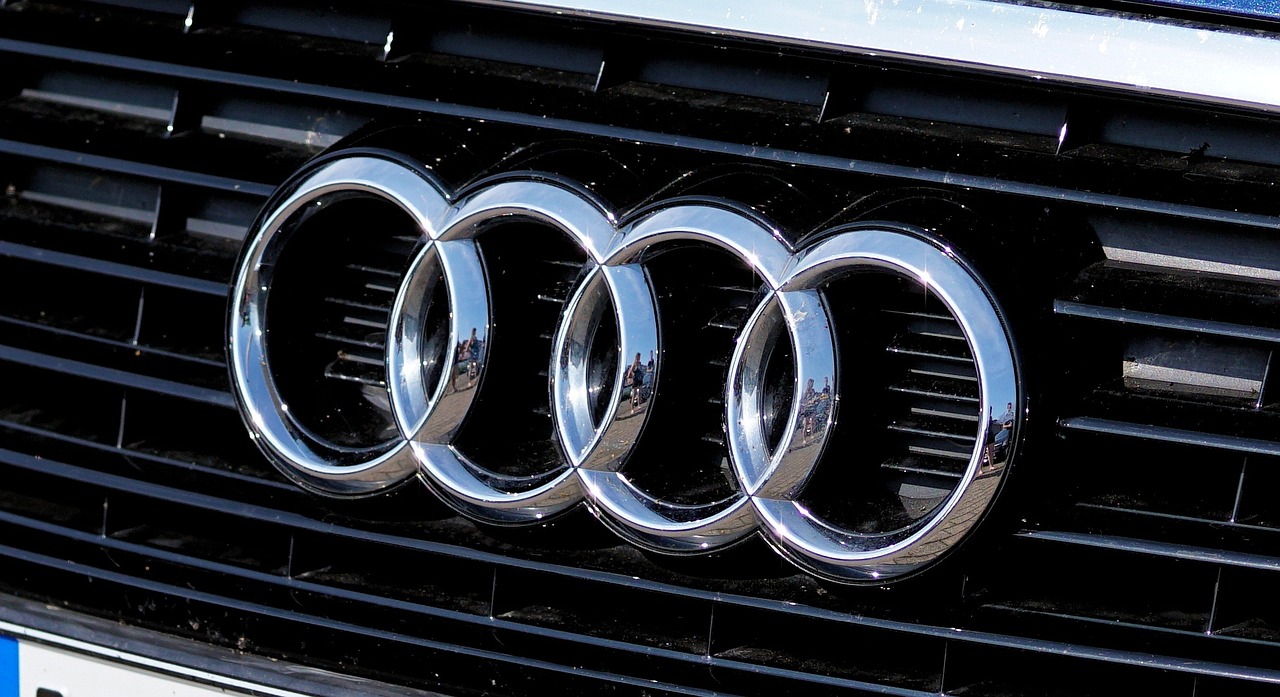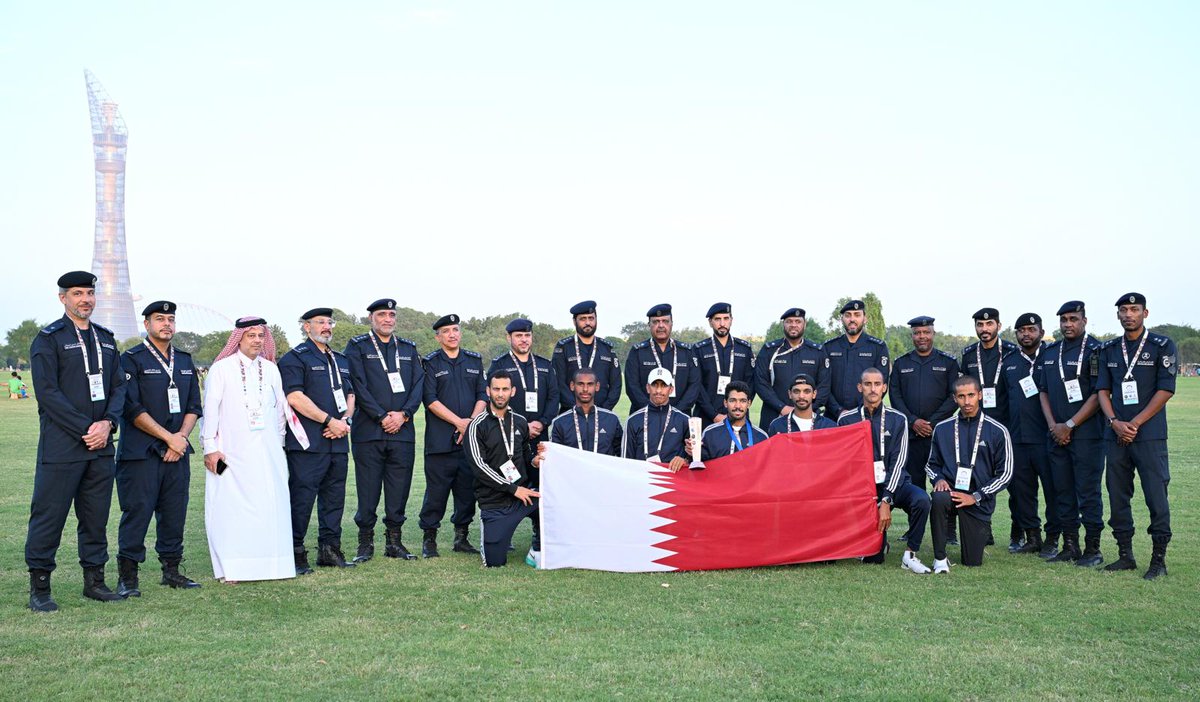Taking advantage of – rather than lamenting – Qatar’s windy weather and sweltering summers, a growing number of residents have embraced kiteboarding, an adrenaline-pumping water sport that’s also gaining popularity around the world.
To highlight Qatar’s kiteboarding scene, French expat Thomas Pujo recently created a short film on the movement.
For the 26-year-old and some 1,000 other Qatar residents, the nation’s temperamental winds and waves offer a perfect playground for those looking to get a bit of exercise.

Pujo, who recently released a trailer for his film, said the movie shows him working in an office, and then leaving his desk to go kiting around lunchtime. He then returns to the office soaking wet.
In an interview with Doha News, Pujo, a long-time kiteboarder and current trainer for an aspiring Olympic kitesurfing team of Qataris, explained the premise behind his film:
“’I’m lucky enough to work as a kite instructor so I’m always on the beach, but when I talk to my friends who work in an office I realized how frustrating it can be when the wind blows outside and the only thing you wanna do is go kiting but you’re stuck in the office.
So I thought that it would be fun to stage that story of an addicted kiteboarder who escapes to go on the water as soon as he can.”
Kiteboarding basics
A surface water sport that combines aspects of several other land and water sports, kiteboarding offers enthusiasts the opportunity to surf and glide atop a small board while simultaneously harnessing the power of the wind to be propelled across the water.
There are several different styles of the extreme, adrenaline-pumping sport – freestyle, freeride, speed and course racing – and various surfaces – water, snow, or land – for kiteboarders to choose from.

According to Pujo, the sport has slowly been gaining traction in Qatar, largely due to word-of-mouth.
“The good thing is that you have a lot of different spots for practice so it never gets too crowded. People spread themselves all over Qatar. I think it’s a snowball effect, one person starts and get his/her friends to join as well,” he said.
Kiteboarding has also been growing globally. The sport was recently selected to be one of four water sports in the 2018 Youth Olympics in Argentina, and is expected to be included in the upcoming 2022 Olympics.
Local residents looking to join the sport have various options. Some four different kiteboarding and water sport schools exist, along with individual trainers like Pujo, who charge around QR600 for a two-hour-long training session at, among others, two hotspots – Fuwairit and Zekreet.
“To learn you usually take a couple of lessons with a qualified instructor. It’s very important as if you don’t know what you’re doing it can get dangerous. So I would say about 10 hours of lessons and then practice on your own as often as possible.
Depending on the people, if you practice it seriously, it can take between two weeks and six months to be fully independent and enjoy yourself on the water,” he added.
Elementary kiteboarding gear includes a kite, a board, and a harness, while professional practitioners tend to have several kites and boards in different sizes for different water and wind speeds and conditions.
While some of the schools sell gear locally, Pujo recommends sourcing equipment from websites and UAE-based stores like Eywoa, Liquid Force Kites and Al Boom Marine for a broader range of brands.
Qatari team
Though Pujo began kiteboarding some 15 years ago, the local scene is still fairly nascent.
Some 30 Qataris are currently undergoing training under Pujo and the country’s Olympic Committee.
“The training starts with beginners. So you need to guide them through the discovery of the kite until riding independently.
Then when they reach a certain level of control with their kite and board we can start training for racing. The board is then different and the techniques as well. So they need to start again how to ride with the racing board which is bigger and has to be ridden differently. They also need to learn about the race course, the rules and the starting procedure,” he said.
Of the 30 team members, five Qataris have been chosen to train extensively in the racing style of the sport, and will be participating in international competitions to gain further experience and exposure.

Despite the heat, Qatar’s wind conditions make it ideal for the sport.
Though Qatar’s winds are not especially strong, their consistency make them conducive for training, and make up for a lack of substantial waves.
According to Pujo, peak months usually run from May to mid-July and then after November. During this time, trainees are exposed to strong, medium and light winds, which allow them to train in different conditions.
Pujo added that he expects to release his film in the coming week.
Thoughts?







